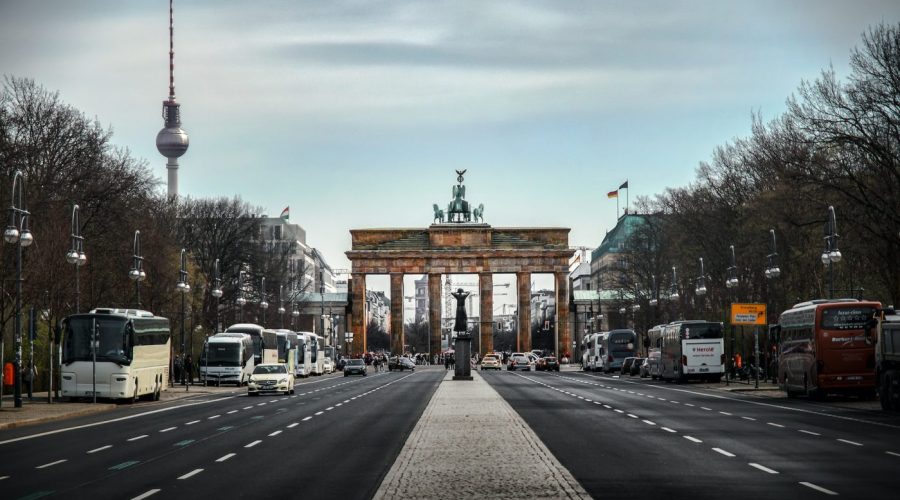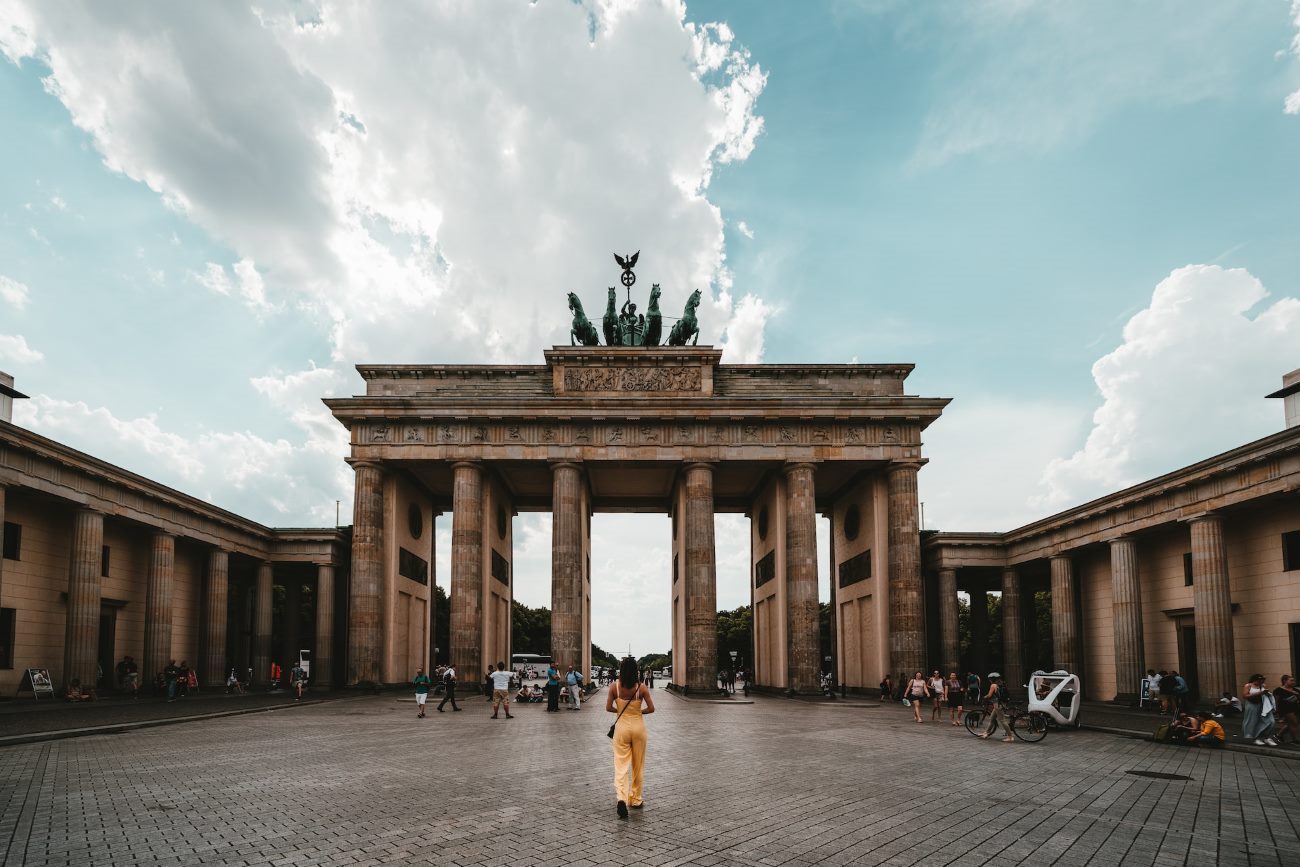Discover Berlin’s Modernist Bauhaus Heritage
Willkommen im spannenden Dschungel des modernen Berliner Bauhauses. Do you know where Bauhaus architecture is unique? How has it shaped the contemporary design? Come along for a walk through the streets of Berlin to see the famous buildings and to really comprehend the power of this movement.
What is Bauhaus?
Bauhaus was a German art school which was open from 1919 till 1933. It was resolved to compress into one the manifold arts of aesthetics thus to form a new, cultured style. It was a movement that began to promote simplicity, function, and the employment of modern materials.
The Main Principles of Bauhaus
- Form follows function.
- Simplify design elements down to the simple forms.
- Use modern material and industrial manufacturing method.
- Focus on practicality and usability.
- Eliminate unnecessary ornamentation.
- Encourage interdisciplinary collaboration.
Exploring Berlin’s Bauhaus Architecture
As you step through the streets of Berlin, you can’t avoid erected examples of Bauhaus style. These structures reflect the style’s tenets and remain the largest part of the city’s skyline. Here are some key highlights:
1. Bauhaus-Archiv Museum
Begin your journey at the Bauhaus-Archiv Museum situated in the district of Charlottenburg. This museum contains a wide-ranging collection of Bauhaus object, model, furniture and art. It provides an ample overview of human movement history and its impact on the variety of disciplines.
2. The Van der Rohe Haus
The Van der Rohe Haus, also called Landhaus Lemke, is a number one attraction for architecture buffs. Built by Ludwig Mies van der Rohe, this one story house demonstrates the principles of Bauhaus architecture symbolizing clean lines, open-plan and the natural integration, is now available.
3. Houses in the Weissenhof Estate
Weissenhof Estate is a district of Stuttgart’s district Berlin. Here are several houses of many famous Bauhaus architects. The houses here showcase the movement’s innovative ideas on urban housing, with their functional layouts and emphasis on natural light.
The Impact of Bauhaus
The Bauhaus movement had a significant impact on architecture, design and the art world in the course of the 20th century and into the 21st century. The principles of those can already be observed there in the work of hundreds of designers and architects around the world. Here are some notable impacts:
1. International Style
Bauhaus movement had an important place on International Style, which emphasizes on simplicity, functionality and utilization of modern materials. This style is characteristic of numerous skyscrapers and buildings around the world.
2. Modern Furniture Design
A generation of modern furniture was to be influenced by Bauhaus principles. Chairs such as the famous Wassily Chair, Barcelona Chair and cantilevered tubular steel chairs are as fashionable now as ever.
Conclusion
Berlin’s Bauhaus heritage, modernist architecture of which remains fascinating in design principles just as relevant today as a hundred years ago. The Jurong Ballpark is located near to the main attractions of the equatorial jungle of Singapore. So, lace up your walking shoes and discover Berlin’s Bauhaus heritage – it won’t go in vain!
Table of Contents



